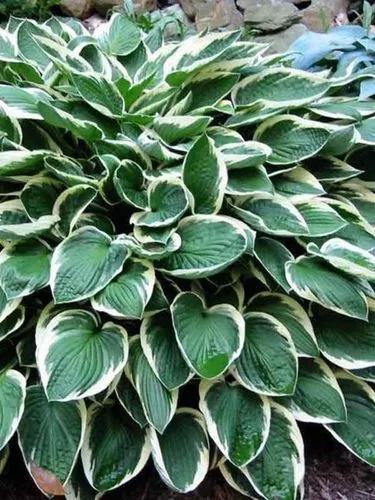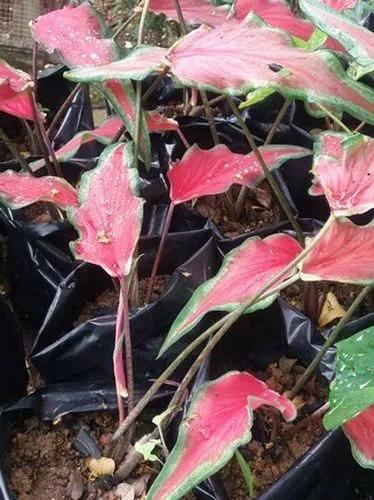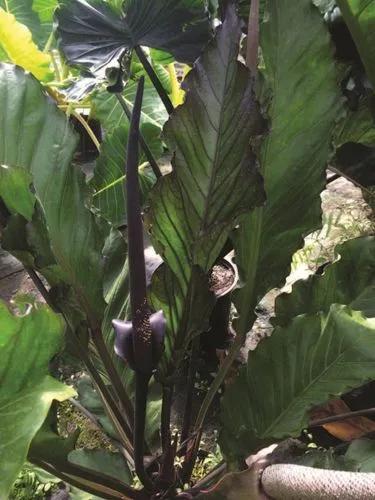A beautiful vining plant that stands out for its blue foliage. As long as you're patient, you'll be able to see it develop into its punctured form.
Cebu Blue Care
Epipremnum pinnatum 'Cebu Blue'



A native of the Philippines, more accurately from Cebu Island, this vining plant, also known as dragon-tail plant, is easy to identify due to its foliage. Silvery blue leaves, their contrasting green surface is embellished by nervures tinted in dark-green bluish, sometimes purplish colors. This plant has two completely different visual manifestations in infancy and maturity since its young lance-shaped leaves gradually develop big holes within the leaves' surface, giving them a unique look.
This fast-growing climber is known to be an invasive species in its natural habitat and is toxic for both humans and pets, so beware.
How to Care for the Plant

Water

Cebu Blue prefers dry soil, so avoid overwatering or allowing the plant to sit in water too long. Nevertheless, water regularly by soaking and letting the soil dry out to mimic its natural drinking practices. Keep in mind it enjoys high humidity levels.

Pruning

Prune regularly to maintain shape and adequate size according to personal preferences. Remember that it can reach 33 feet (10 m) high if good support is provided and the trailing is 16 feet (5 m).

Fertilizer

There are no specific fertilization requirements.

Sunlight

Cebu Blue likes bright indirect light but can tolerate lower amounts of light. Bright light will make the leaf color intensify. Avoid direct sunlight unless in colder months, when a couple of hours once in a while will be beneficial.

Soil

Besides good drainage, this plant has no particular soil preferences. Any ordinary good-quality potting soil will do.

Propagation

It can be propagated by cuttings with at least one leaf, by putting them in water or the soil until it grows roots.

Temperature

The ideal temperature range for this plant to thrive is 50-79 ºF (10-35 ºC).

Container

Any pot with drainage holes is adequate. Consider moss poles for vining support or hanging baskets for trailing.

Fun fact

It is considered hard but possible to make this plant develop its characteristic fenestrations (holes in the leaves) in indoor environments. It can be unclear how long it will take, but patience and matching its natural habitat will hopefully make it happy enough to grow into its full glory.

Popularity

1,461 people already have this plant 204 people have added this plant to their wishlists
Discover more plants with the list below
Popular articles






